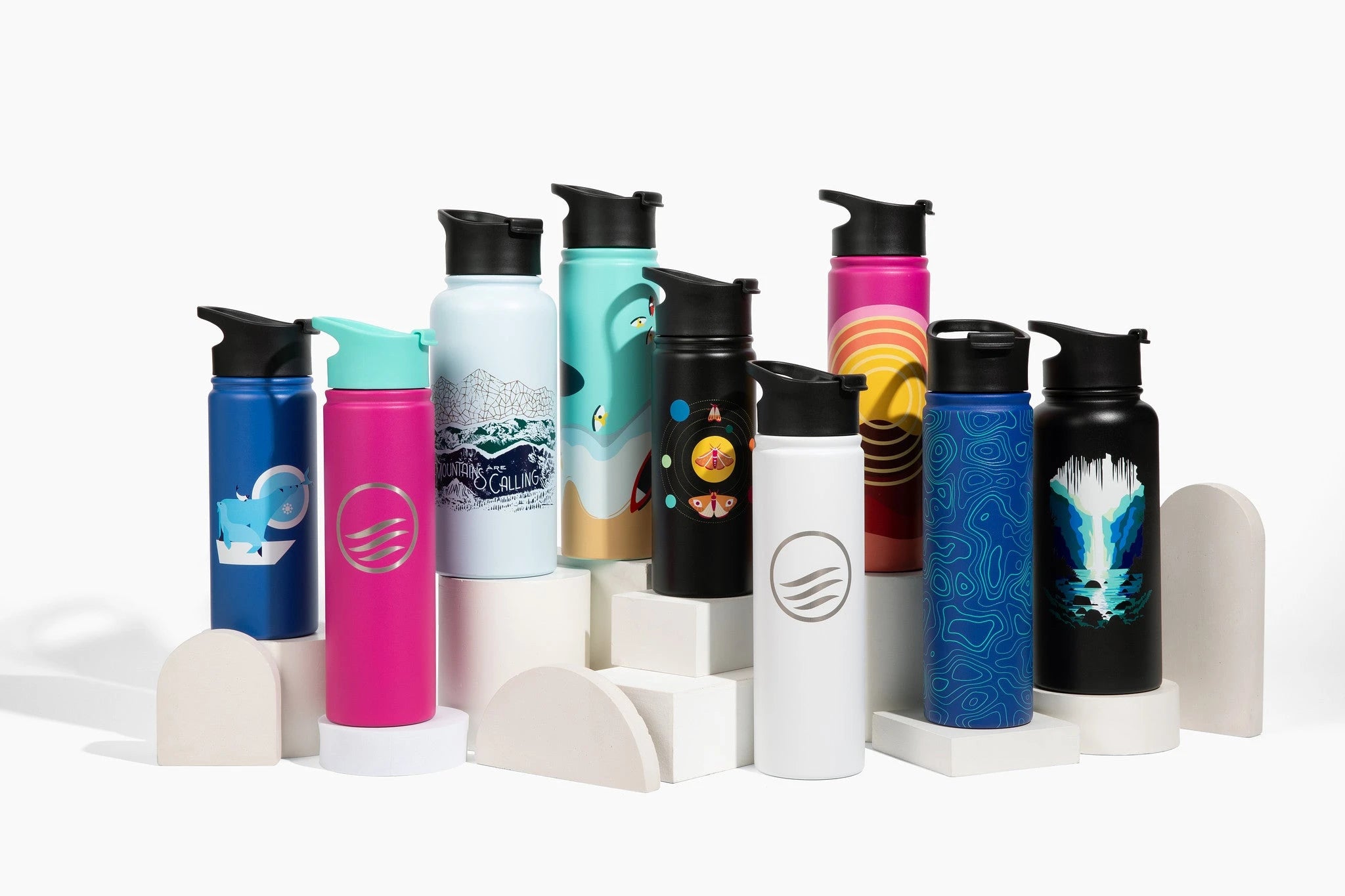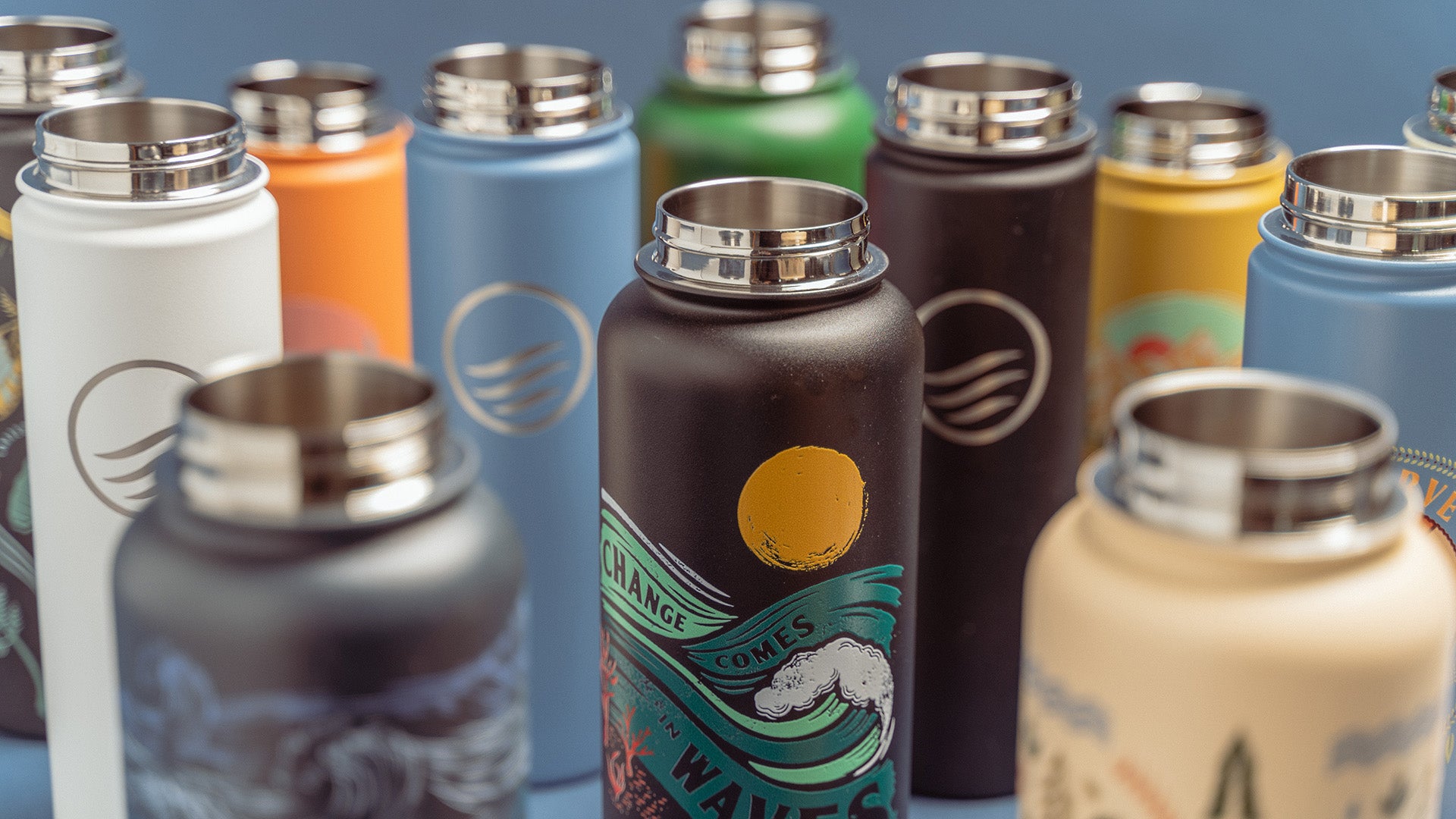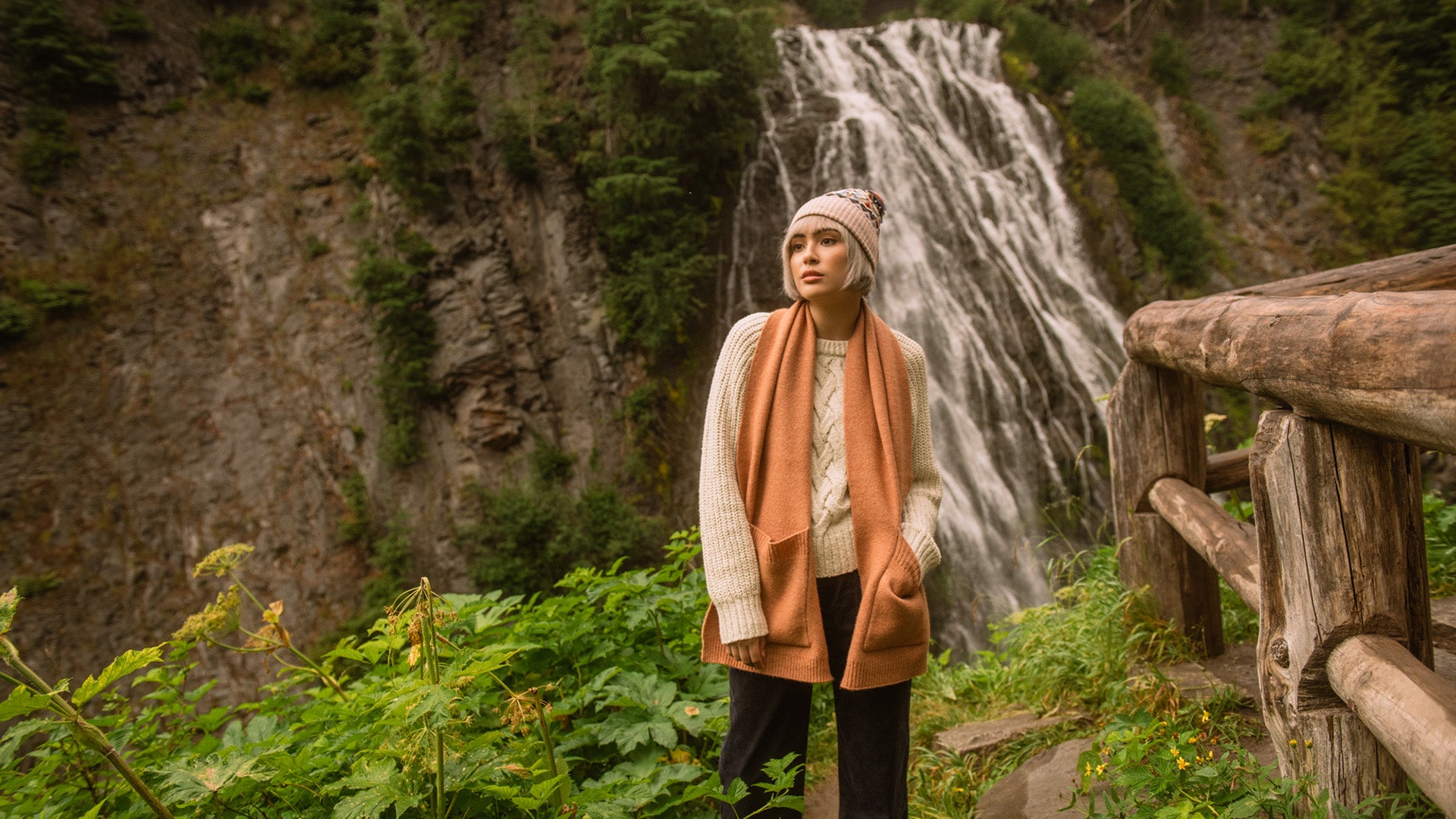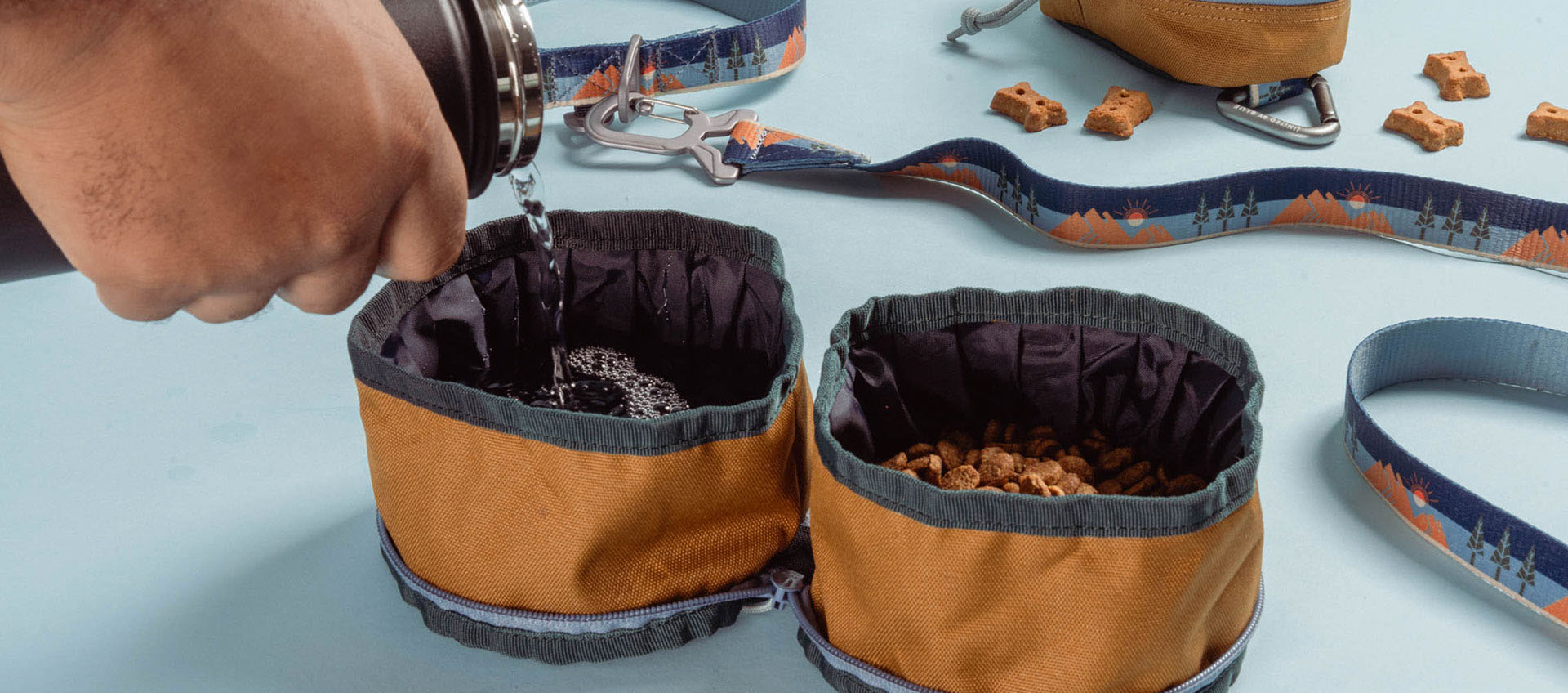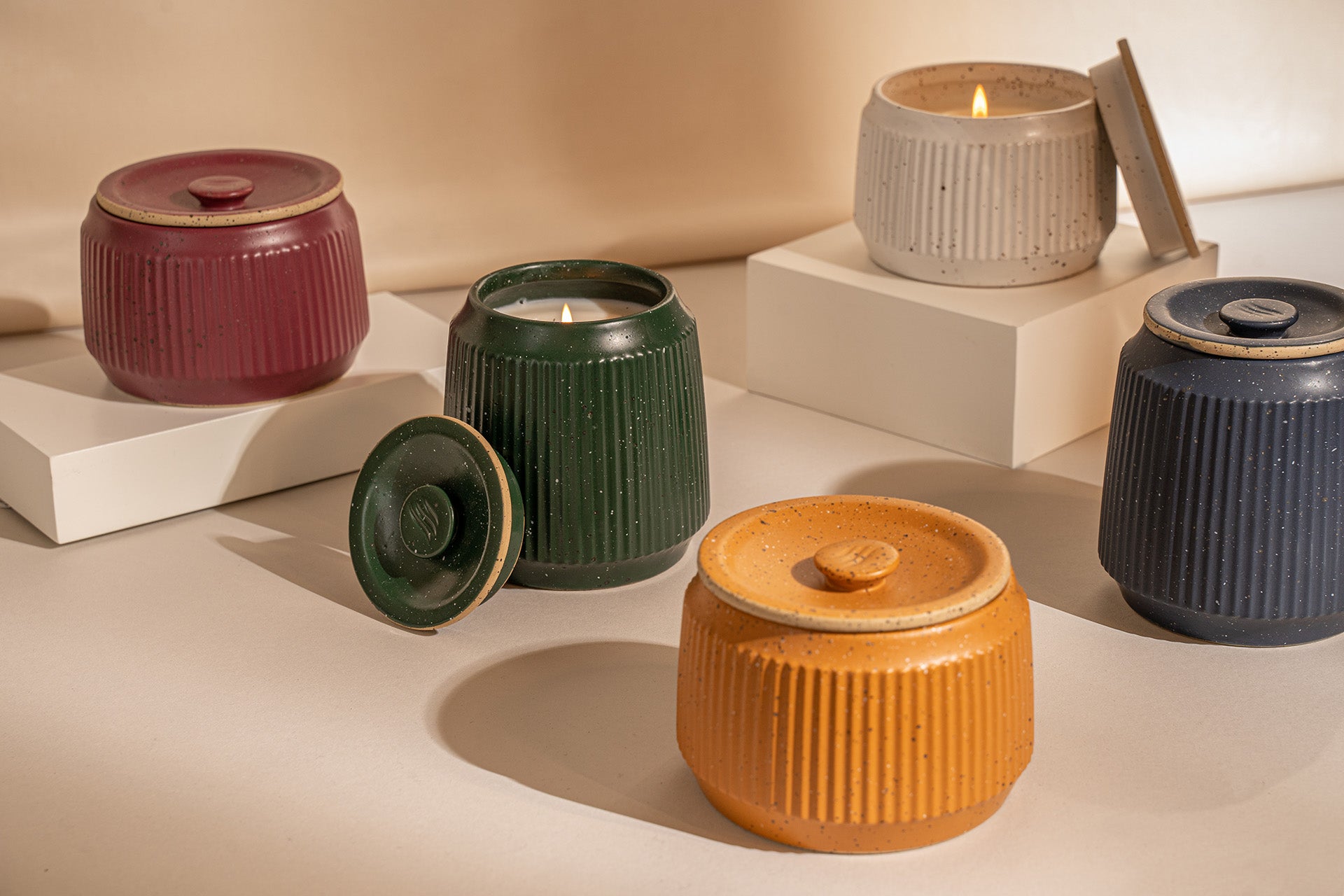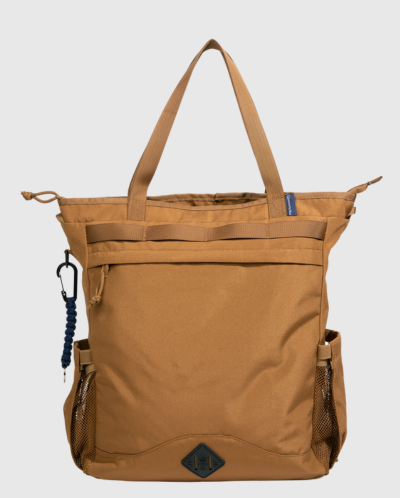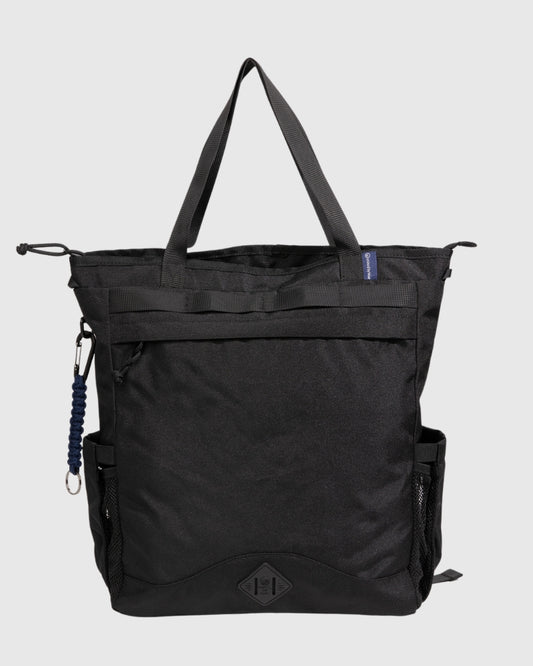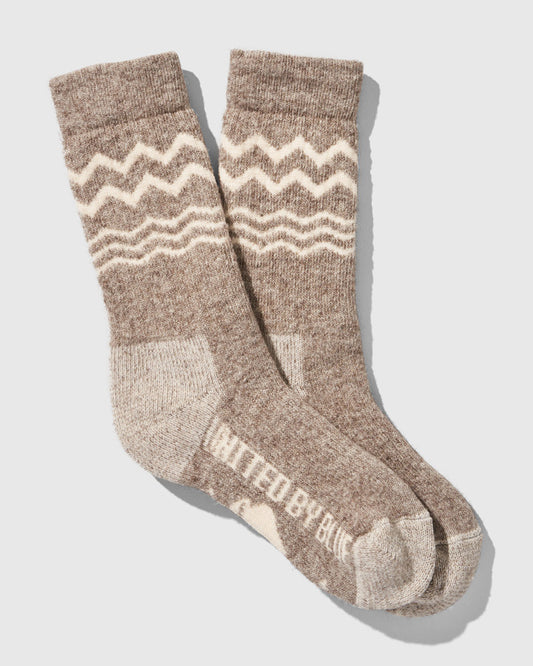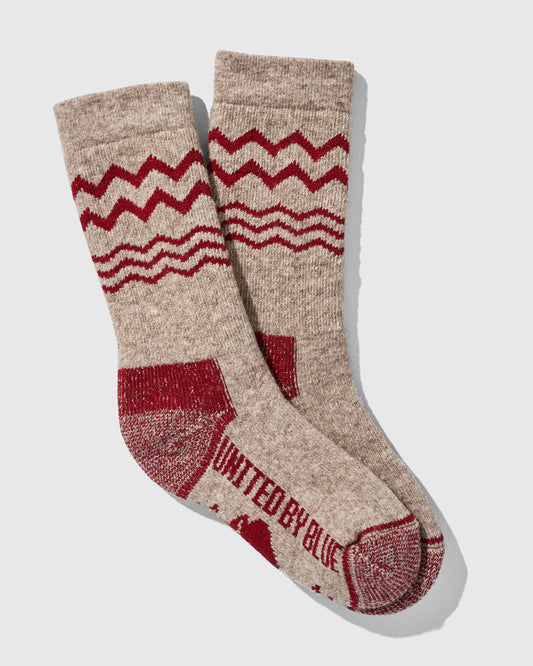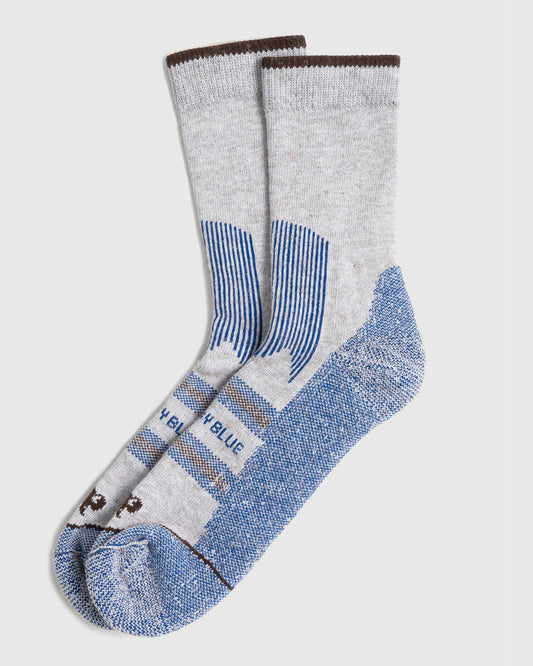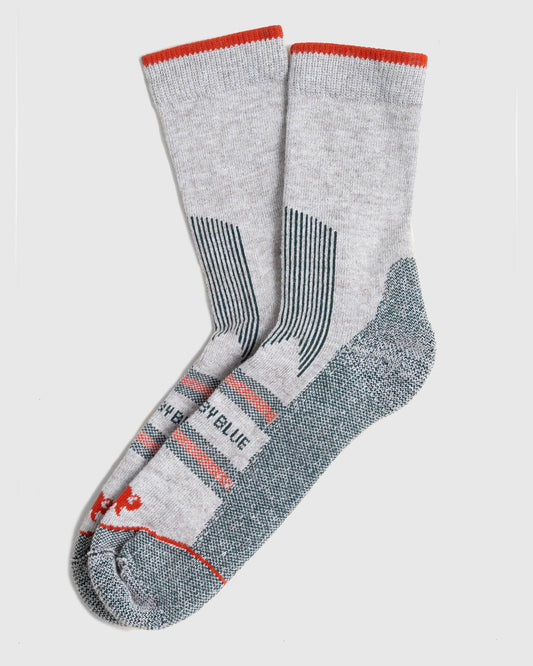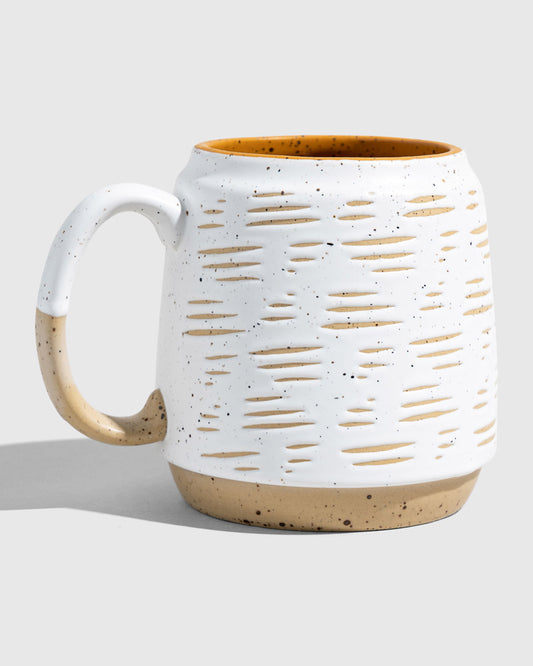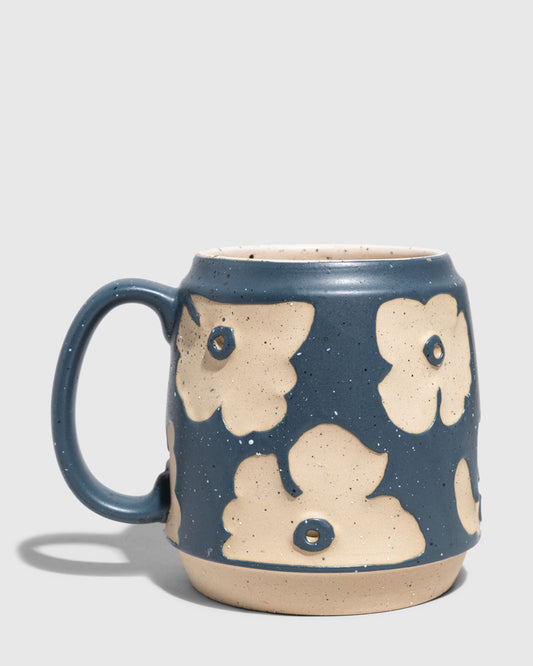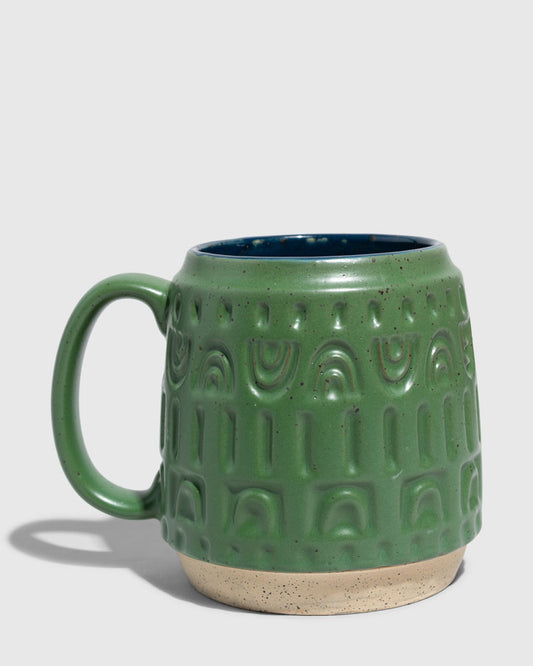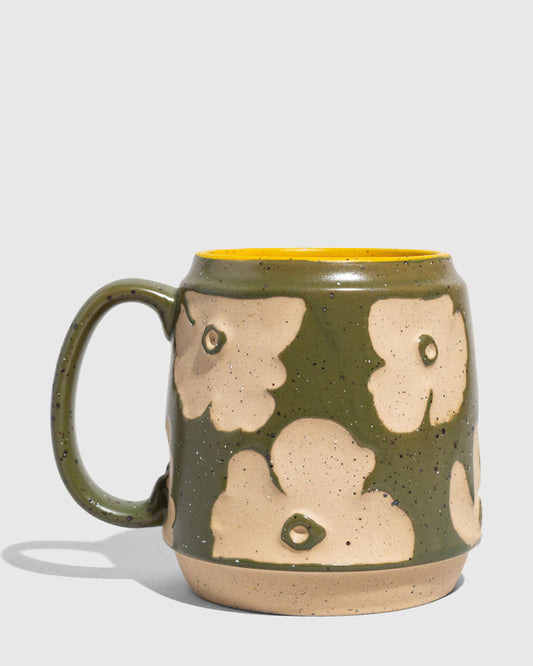
Denim’s a dirty business, but it doesn’t have to be. We sat down with Sarah Ahmed, founder of Warp + Weft (our dream denim brand), to talk all things clean denim, inclusivity, and why sustainability can be both luxurious and affordable.
Give us a crash course on Warp + Weft.
Warp + Weft is a New York based, premium denim brand—made for every body and everybody. We're on a mission to create the most inclusive, high-quality denim for under $100, and in the most ethical and sustainable way possible. It’s our goal to weave together an amazing fit and feel with an outstanding sustainability story; we want consumers to not only feel the difference, but also understand the difference that our jeans have on people and the planet.
What inspired you to start a denim company?
Denim has always been in my blood, so to speak. My family is one of the leading manufacturers of denim in Pakistan, and we have been in the industry for decades. I literally grew up in my family's denim mill back in Pakistan, so I always knew that I wanted to build my career around it.
So cool your family’s been in the denim business for decades; that doesn’t feel all that common these days. Were you always destined to take over the family business?
It was never really a matter of who would take over the mill, but rather what we wanted to create from it. My sister has her own premium denim brand, my dad is the CEO of the mill, and I created Warp + Weft. It’s nice because we all share the common desire to create innovative, sustainable, quality goods, but we do so in different markets and niches—so we have no reason to fight at the dinner table.

What exactly does sustainability mean for Warp + Weft?
One of our biggest initiatives is making everything in-house, from the yarn to the finished garments. Consumers typically don’t know this, but conventional denim can often travel to as many as five different places before it eventually gets to you. A vertically integrated system significantly reduces the amount of energy and emissions needed to produce each garment.
The materials we use are also ultra-absorbent, which cuts the amount of dye, energy, and water we use in half. We also use water-optimized machines, like Dry Ozone technology, which further reduces the water we need to create jeans. The water we do use goes through a water treatment plant. Our factory is also entirely powered by solar energy.
Denim is a highly specialized product; it requires an intricate infrastructure to create a pair of blue jeans. It’s taken my family many years and a lot of research to get to where we are today, and we’re very proud of what we have created. We’re always thinking of ways to push the boundary even further. To truly be disruptive in this new age of manufacturing, you have to stay innovative.
What do you mean by “this new age of manufacturing”?
Most people don’t understand how dirty and disjointed denim can be. Brands often buy fabric from one place, buttons from another, sew it at another, and then to a final location to dye it. While a global process can be a beautiful thing, it also creates layers and layers of middle men. By not having a self-contained, end-to-end process, you create a massive, negative global impact. But, thankfully, manufacturing is starting to change for the better because consumers are seeking more transparency and are starting to crave a deeper understanding of where their clothes come from. Manufacturing practices are increasingly being put into the spotlight, which, in turn, is causing brands to choose manufacturers that are doing things responsibly to align with society's standards of ethical and sustainable practices. It’s an exciting shift!

Warp + Weft’s environmental standards are pretty unprecedented. Has sustainability always been at the heart of Warp + Weft, or was it an evolution of the brand over time?
We don’t make our jeans this way because of buzzwords or trends. My family has always been deep in pursuing the most ethical and sustainable practices possible, so much so that we never even considered it an angle or “storyline” for the brand until recently.
Denim is typically one of the least environmentally friendly products, but it’s in everyone's closet. Over the past twenty years, we have dedicated ourselves to creating the most optimized facility possible for water, energy and dye use, as well as creating a vertical supply chain, which allows us to control and audit the entire process. There are certainly easier ways to create denim. We’ve always chosen to put in the extra effort because we feel a responsibility to make our garments in the best way possible for people and the planet alike.
Are there any standout challenges, or benefits, associated with being an eco-friendly brand in today's market?
Our biggest challenge is balancing the message that we’re a fashion brand, but also a sustainable brand. We want people to aspire and dream about our clothing, but we also want to remind them about our story and manufacturing—and finding a balance between telling both of those messages can be challenging.
The benefit of being a mission-driven company is finding an incredibly loyal group of customers who are passionate about what we stand for, and want to continue supporting us over and over again. Without them, we would be nothing, so it means a lot to have established such a loyal customer base. It’s been a very humbling experience.
Aside from sustainability, we also love how central inclusivity is to the brand. I mean, “optimally flattering back pockets for everyone”—say no more. Why is inclusivity an important cornerstone of the Warp + Weft brand?
I saw it as a major problem that 60% of the country is bigger than a size 14, and yet less than 20% of the products catered to that clientele. When customers are unable to find certain styles in their sizes, when they’re not equally represented on the department store floor, or when they can’t visualize themselves in any of the clothes because the pictures don’t look like them, it fosters the idea that “we’re not enough”.
I operate on the baseline belief that everyone and everybody should be equally represented—which is why I wanted to bring inclusivity to the forefront of Warp + Weft.

What are your thoughts on recent sparks of inclusivity in the fashion industry? Are you skeptical that it’s merely a bandwagon trend?
I love that more brands are finally starting to represent the whole population, and that body and age diversity is finally becoming a part of everyday conversation. I think this momentum of inclusivity is undoubtedly fueled by an overall shift in societal mindset and norms, and it’s exciting to witness the abandonment of archaic ideologies of the “ideal body type”.
Where do you want to take Warp + Weft over the next 5 years?
We imagine ourselves as the denim brand of the next generation. Much like Levis shaped generations of the past, we see ourselves as the brand of the future. We strongly believe that we represent their ethos, values, sensibility, and style—and we picture ourselves as becoming the cornerstone brand for the next generation, and for the long run. Brands for good, should stay for good.




